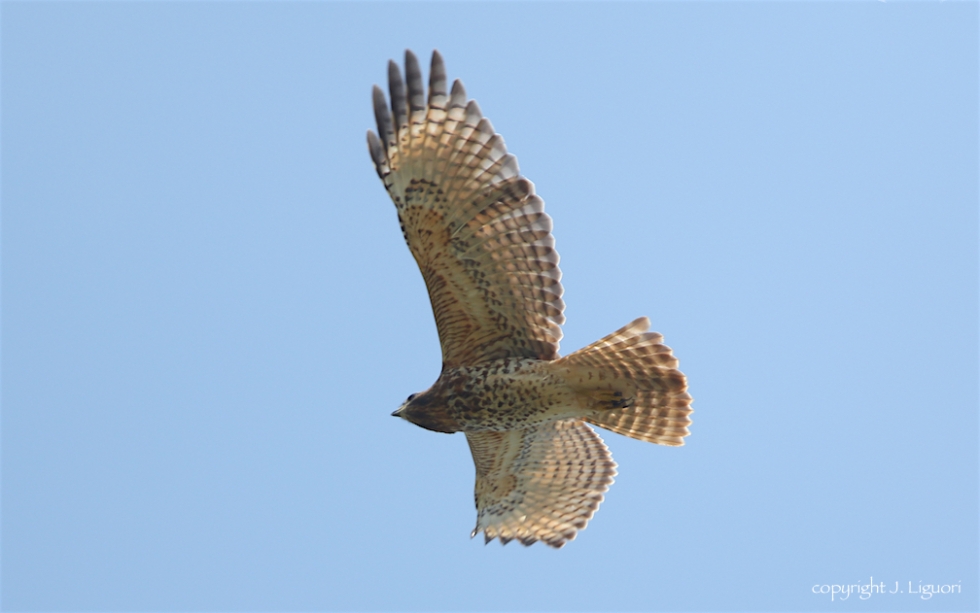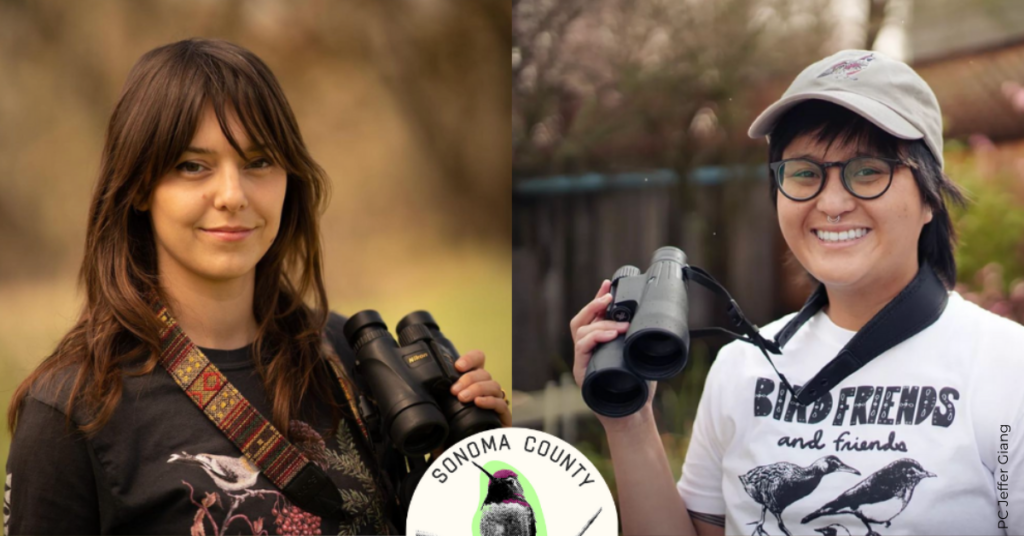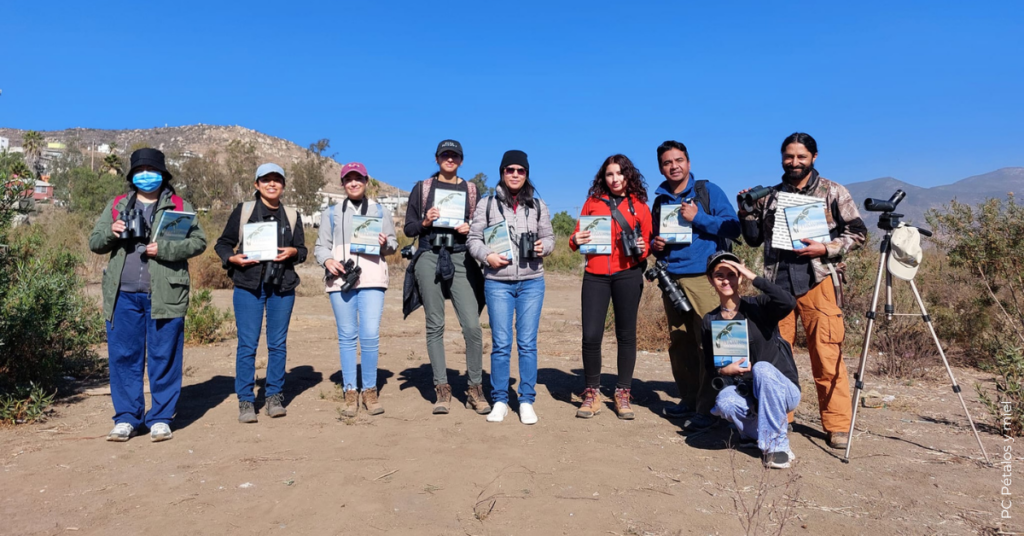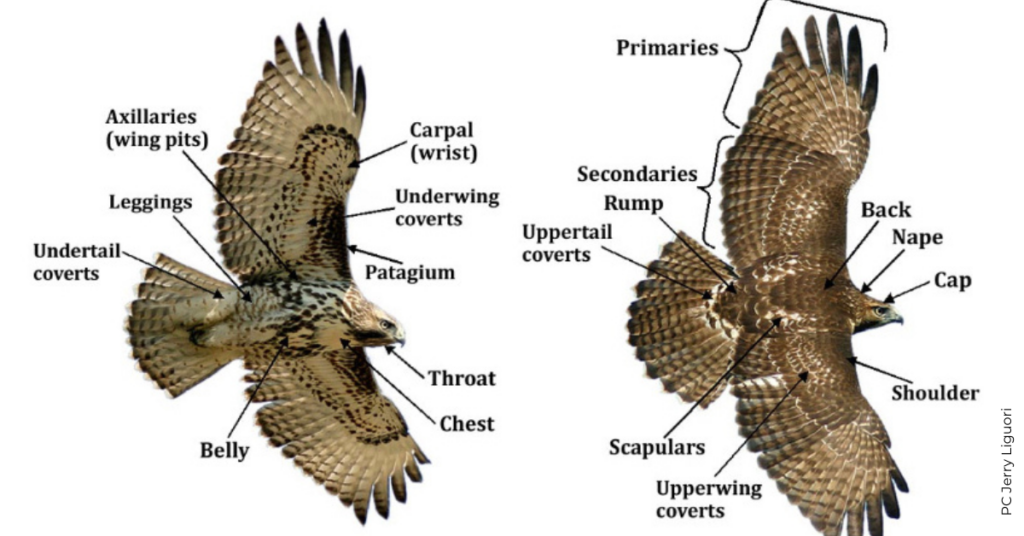In the bird watching, bird banding, falconry, or any bird-related community, there are age class terms that all people use. Some terms have a specific definition, some are more general, and some are specific only in certain instances. The fact that some terms only have one meaning while others can have several meanings is the cause for confusion among birders. Take, for instance, the term “1st-year”…birders use the term to mean a bird in its first plumage (or juvenile plumage), which raptors typically wear for about a year, where bird banders apply the term using the calendar year. So a 1st-year (or “hatch-year”) bird to bird banders becomes a 2nd-year bird after January 1st as the bird enters its second calendar year but is still less than a year old. Why did they go and do that??? Banders can be a strange bunch…hee hee, but I’m one of them! However, a “2nd-year” in birding terms is a bird that has gone through its first molt at about one year old (not including the “molt” that occurs when a bird is just hatched and featherless and is gaining feathers for the first time) and now wears its second plumage (often acquiring the adult plumage at this time but in some raptors, it can be a sub-adult plumage that is ‘intermediate’ between the first plumage and adult plumage).
Also, a 1st-year bird (birding terms) is what most people call a “juvenile.” So, let’s distinguish between “juvenile” and “immature” since those two terms are often interchanged or confused for each other. “Juvenile” is a bird in its first plumage, as we mentioned, but the term “immature” defines a bird that is any age other than adult. So, “immature” is a broad term that includes or lumps juvenile and sub-adult plumages. A juvenile is an immature bird, but an immature bird is not necessarily a juvenile. The term “sub-adult” describes a plumage that occurs after the juvenile (1st-year) plumage but before the adult plumage. Birds that take several years to acquire their adult plumage, such as eagles, Swainson’s Hawks, White-tailed Hawks, and several others, have one or a few sub-adult plumages. Often, a sub-adult plumage will have a mix of juvenile and adult-like traits or simply appear intermediate between a juvenile and adult plumage. “Adult” (in plumage discussions, not in sexual maturity instances since birds can be sexually mature in their immature plumages) describes the definitive plumage a bird acquires. Or in other words, the plumage that does not change in successive years. For instance, when a Bald Eagle attains its full white head and tail and loses any signs of immature feathers, it is considered an adult and will retain that appearance for the rest of its life regardless of how old it lives or how many times it molts.

Two terms that are sometimes confused for each other are “nestling” and “fledgling.” A nestling is a baby bird that lives in the nest and has not flown or left the nest. A fledgling is a bird that has flown for the first time and has left the nest. Fledglings often leave and return to the nest for several weeks before leaving the nest for good. I think a good practice would be to explain how we are using a term as we use it to help minimize confusion. Here is a photo of a 1st-year Red-shouldered Hawk from Texas. The photo was taken in September, so it is a 1st-year bird by everyone’s definition, and juvenile would be appropriate as well. Did I clarify a few things, or just confuse you more?
This post was written by Jerry Liguori. You can read more about Jerry and his legacy at HawkWatch International here.



